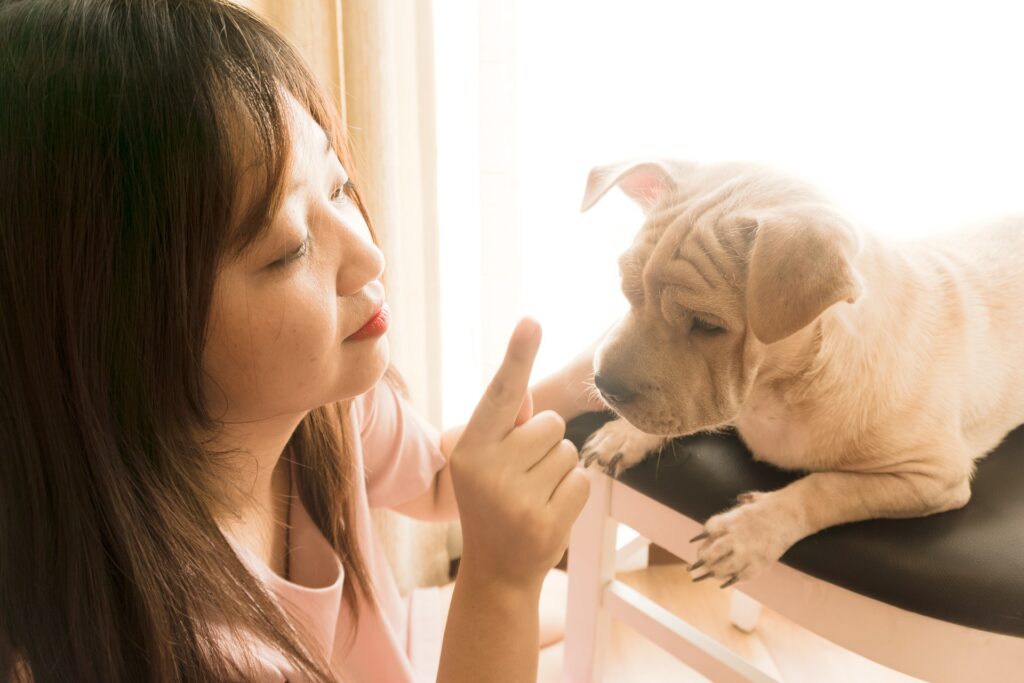There are several reasons why you might think it’s a good idea to add another pet portraits to your household. Some animal lovers simply adore the possibility of having several four-legged friends underfoot. Meanwhile, there are pet parents who think their fur babies might be lonely staying at home all by themselves and believe that it would be good for their beloved pets to have a playmate.
Whatever the case, if adopting a new pet is something that you’re giving some serious thought to, it’s also important for you to remember that doing so requires a bit of planning. For one, even if your pet might be the sweetest, friendliest creature in the world, it’s impossible to guarantee how they’ll get along with the new addition. They’ll more than likely need a bit of prep before they’re ready to share stomping grounds that they’ve had sole dominion over this whole time. Having multiple pets also means addressing different sets of needs for each fur baby. Finally, you’ll probably also have to go through personal adjustments of your own.

Fortunately, by establishing a few ground rules and getting ahead of certain common situations, you and your new pets can all co-exist peacefully under one roof. Here’s our practical beginner’s guide on how to manage a multi-pet household:
Provide Each Pet with Their Own Supplies
Animals can be extremely territorial, not just about certain spaces in your home but also about the things that they use and feel that they own. One dog simply won’t appreciate having the scent of another on their bed, blanket, or favorite soft toys. They also won’t take too well to another pet sniffing around their food or water bowls. Maintain the peace in your home by giving each pet their own beds, playthings, and accessories. You can also invest in custom dog collars and leashes to make it easier to differentiate each pet’s items.
Stay Calm and Compassionate, yet Authoritative
Your pets will inevitably take their attitude cues from the way you conduct yourself. To assert control over the situation from the beginning, you’ll need to project a sense of firm yet considerate leadership. You’ll want to make it clear to your fur babies that you have full control over all the resources they need or want, such as food, toys, access to certain areas of the home, and even your attention.
This means establishing ground rules and making sure that your pets follow them. Generally, you’ll need to reinforce good conduct and ignore actions you don’t want to see repeated. If they’re polite and patient, reward them. If they’re unnecessarily noisy or rowdy, you may have to deprive them of games, toys, and other forms of interaction.
Introduce Your Pets to Each Other Properly
One of the most common mistakes that anyone can make when bringing a new dog into their fold is failing to properly introduce them to the existing pet. It’s a simple process that can help ensure a lifelong friendship between the two pups, though, so it’s worth taking the time and effort to do.
First, you’ll want to pick a neutral spot where the two fur babies can introduce themselves to each other. It should ideally be outdoors and fully-fenced, but one that neither dog has already claimed by having visited or walked through it frequently. It’s also a good idea to pick a quiet place where there aren’t any other people or animals about. Keep both dogs leashed and allow them to get familiar with one another.
You’ll know that the dogs will get along fine if they exhibit signs of positive body language, such as wagging tails and a genuine interest in one another. From there, you can allow them to interact with each other off-leash, rewarding and praising them for their good behavior the whole time. If either of them seems tense or frightened, comfort them and give them some time to calm down before giving it another try.
Feed Pets Separately and Supervise Them While They Eat

We’ve already mentioned how territorial pets can get in a general sense, but they can become even more aggressive when there’s food involved. To prevent your fur babies from getting all worked up and causing accidents, your best bet is to separate your four-legged friends during mealtimes. You can do this by following a certain schedule or simply establishing different feeding areas for them in the house.
Don’t prepare as you serve, either—instead, put an assembly line together so that everyone gets their chow at roughly the same time. Puppies, senior dogs, and those who suffer from certain health conditions may do better when fed in a crate or a closed-off space. This will allow them to eat in peace without experiencing hostile behavior from another pet.
You can live happily ever after with multiple pets at home, as long as you provide them with a reasonable amount of choice, control, and predictability over their lives. It can be challenging at first, but you’ll soon be thanking yourself for making such a great decision.

Most of my day is spent playing with dogs. When they nap, I’m here working on my blog. You’re welcome to reach out and connect with me.

